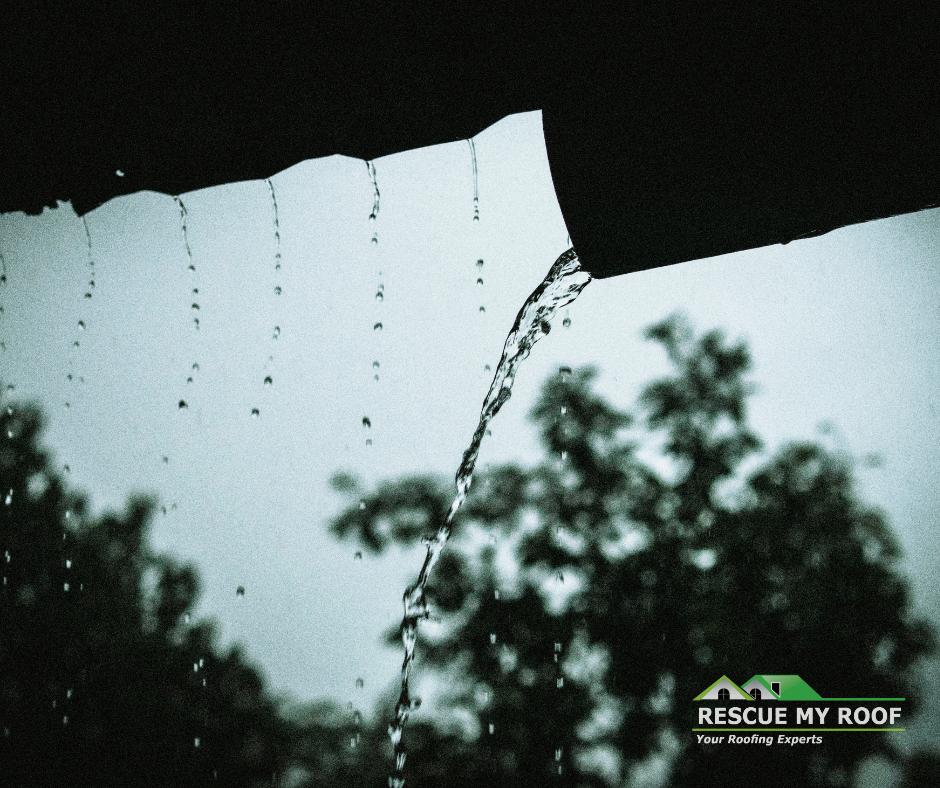Homeowners Insurance is Changing: Here’s What You Need to Know
In the realm of homeownership, few things are as crucial as insurance coverage. It serves as a safety net, providing financial protection against unexpected disasters and accidents.
However, as times change and risks evolve, so too does homeowner’s insurance. One area seeing notable shifts is roofing coverage. Understanding these changes is paramount for homeowners seeking to safeguard their investments effectively.
Rescue My Roof has been a leader and educator in the roofing industry for over a decade, helping homeowners navigate homeowners insurance. Today, we’ll use our expertise and experience with insurance companies to help you navigate the future of homeowner’s insurance.
This article will explore the blank ways homeowners insurance is changing, and what it means for you. In the end, you’ll be the master of your own destiny when it comes to insurance.
How is Homeowners Insurance Changing?
Roofing coverage has always been a cornerstone of homeowner’s insurance policies. After all, the roof is a home’s first line of defense against the elements, shielding it from rain, wind, hail, and more.
However, recent trends in severe weather events, coupled with advancements in roofing materials and construction, have prompted insurers to reassess their approach to coverage.
1. New Age Limits
One significant change homeowners may encounter is the adjustment in policy terms regarding roof age. In the past, many insurers offered full coverage for roof repairs or replacements regardless of age. However, recognizing the impact of wear and tear, some insurers are now implementing depreciation clauses based on the age of the roof. This means that older roofs may receive less coverage for repairs or replacements compared to newer ones.
Additionally, many insurance companies will no longer provide coverage for roofs older than 20 years, forcing homeowners to replace their roofs well before their time is up.
2. Updated Material Coverage

The type of roofing materials used can also influence coverage. Traditional asphalt shingles have long been the norm in residential roofing. Still, with the rise of eco-friendly and durable alternatives such as metal, tile, or synthetic materials, insurers are taking note.
Homes with these newer materials may benefit from enhanced coverage or even premium discounts due to their superior resistance to damage.
3. Severe Weather Policies

Another aspect shaping the evolution of roofing coverage is the increasing prevalence of severe weather events, including hurricanes, tornadoes, and hailstorms.
As these events become more frequent and intense, insurers are recalibrating their risk assessments and adjusting coverage accordingly. This may translate into higher premiums or the introduction of deductibles specific to wind or hail damage.
Some insurance companies have gone so far as to include a hurricane (or other weather-related events) deductible. The average deductible is the amount that the policyholder must pay before insurance will begin to cover any costs. This price is determined by the insurance company.
Hurricane deductibles work the same way. It is a minimum price set by the insurance company that the policyholder must pay before insurance will cover costs for hurricane-related damage on top of their existing deductible.
You can get a better sense of whether or not you live in a high-risk area here. So if you determine you do live in a high-risk area, prepare yourself to potentially shell out more money before insurance will cover any roof repairs.
Homeowners Insurance is Changing: What Do You Do?
In light of these changes, homeowners are advised to review their insurance policies regularly and communicate openly with their insurers. Understanding the nuances of roofing coverage, including any modifications or limitations, is essential for making informed decisions about policy selection and maintaining adequate protection for one’s home.
Additionally, consulting with roofing professionals can provide valuable insights into the condition of the roof and any recommended upgrades or maintenance to enhance its longevity and resilience. Regular inspections and prompt repairs can not only prevent costly damage but also demonstrate diligence in home maintenance, potentially positively impacting insurance coverage and premiums.
Finding Peace With Your Insurance Policy
The landscape of homeowner’s insurance is evolving, and roofing coverage is no exception. From adjustments in policy terms to considerations of roofing materials and proactive risk mitigation measures, staying abreast of these changes is vital for homeowners seeking comprehensive protection for their most significant investment.
By understanding the nuances of roofing coverage and collaborating with insurers and roofing professionals, homeowners can navigate these shifts with confidence and ensure their homes are adequately safeguarded against the unpredictable forces of nature.
Learn more about homeowners insurance with “Will Insurance Cover My Roof Repairs or Replacement” and “Top 5 Roofing Insurance Questions Answered.”
Needing a new roof is stressful enough – don’t navigate the process on your own. If you’re looking for a roof replacement in southeastern Wisconsin, Rescue My Roof is here to help.
Contact us today to get a free estimate.


